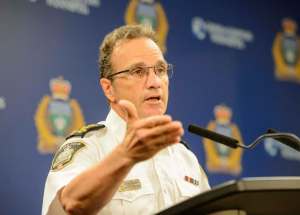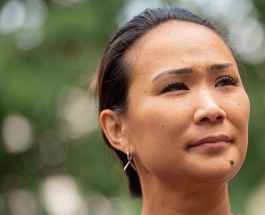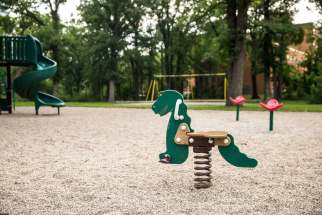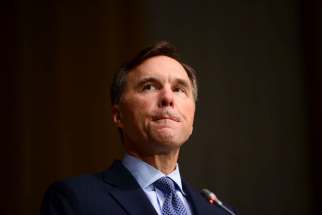Manitoba should heed Alberta’s ‘wake-up call’; time to reinstate 14-day self-isolation rule
Read this article for free:
or
Already have an account? Log in here »
To continue reading, please subscribe:
Monthly Digital Subscription
$0 for the first 4 weeks*
- Enjoy unlimited reading on winnipegfreepress.com
- Read the E-Edition, our digital replica newspaper
- Access News Break, our award-winning app
- Play interactive puzzles
*No charge for 4 weeks then price increases to the regular rate of $19.00 plus GST every four weeks. Offer available to new and qualified returning subscribers only. Cancel any time.
Monthly Digital Subscription
$4.75/week*
- Enjoy unlimited reading on winnipegfreepress.com
- Read the E-Edition, our digital replica newspaper
- Access News Break, our award-winning app
- Play interactive puzzles
*Billed as $19 plus GST every four weeks. Cancel any time.
To continue reading, please subscribe:
Add Free Press access to your Brandon Sun subscription for only an additional
$1 for the first 4 weeks*
*Your next subscription payment will increase by $1.00 and you will be charged $16.99 plus GST for four weeks. After four weeks, your payment will increase to $23.99 plus GST every four weeks.
Read unlimited articles for free today:
or
Already have an account? Log in here »
Hey there, time traveller!
This article was published 24/07/2020 (1966 days ago), so information in it may no longer be current.
If people refuse to protect themselves from COVID-19 because they think they’re invincible, they should at least take steps to mitigate the spread of the disease to help prevent deaths among the most vulnerable.
That was the grim message from Dr. Deena Hinshaw, Alberta’s chief medical officer of health, Thursday as new cases, hospitalization rates and COVID-19 deaths continue to pile up in that province.
The number of active cases in Alberta has more than doubled to nearly 1,300 over the past week, with more than 100 people in hospital and 21 receiving intensive care. Acute care hospital admissions in Alberta are now approaching their highest level since the beginning of the pandemic.
“This needs to be a wake-up call,” Hinshaw warned. “I am very concerned by these numbers.”
There is significant community spread in Alberta. The origin of about half the cases is unknown. Calgary, where city council approved a bylaw this week to make masks mandatory in most indoor public places Aug. 1, has been the hardest hit. But the virus has spread to many other parts of the province, including central Alberta where there had been few cases until recently.
Hinshaw attributes the rise in cases to pandemic “fatigue.” She says it’s time for Albertans to step up efforts to slow the spread of the disease. She “strongly recommends” the use of masks in indoor public places.
“If we want to bring this under control by early August, now is the time to act,” she said.
It’s not just affecting the elderly, either, said Hinshaw. Nearly a quarter of those in hospital are under the age 60, seven are between the ages of 20 and 39.
Still, those over 70 do have the highest risk of dying, she said. Ten per cent of Albertans aged 70 to 79 who have contracted the disease have died; a quarter over 80 have succumbed to the disease.
“Think about those you know who are over the age of 70 or 80. In my life, I have many dearly loved family members and friends in this age group and I would not want to gamble their lives with these odds.” – Dr. Deena Hinshaw
“Think about those you know who are over the age of 70 or 80,” said Hinshaw. “In my life, I have many dearly loved family members and friends in this age group and I would not want to gamble their lives with these odds.”
The question for Manitoba is, how long is it prepared to roll the dice on its open-border policy with western provinces as cases continue to rise in the West?
Saskatchewan, although not as bad as Alberta, has also seen a spike in cases, including 176 new cases from July 16 to July 24. While some of those cases are isolated in Hutterite colonies (like in Manitoba), infections have been reported all over the province, including in Saskatoon, the north, the far north and central Saskatchewan.
There were 27 more cases announced Friday, 42 on Thursday and 60 on Wednesday. The number of active cases in Saskatchewan has jumped to 235 from 48 two weeks ago.
In British Columbia, the number of active cases has increased to 304 from 175 over the past two weeks.
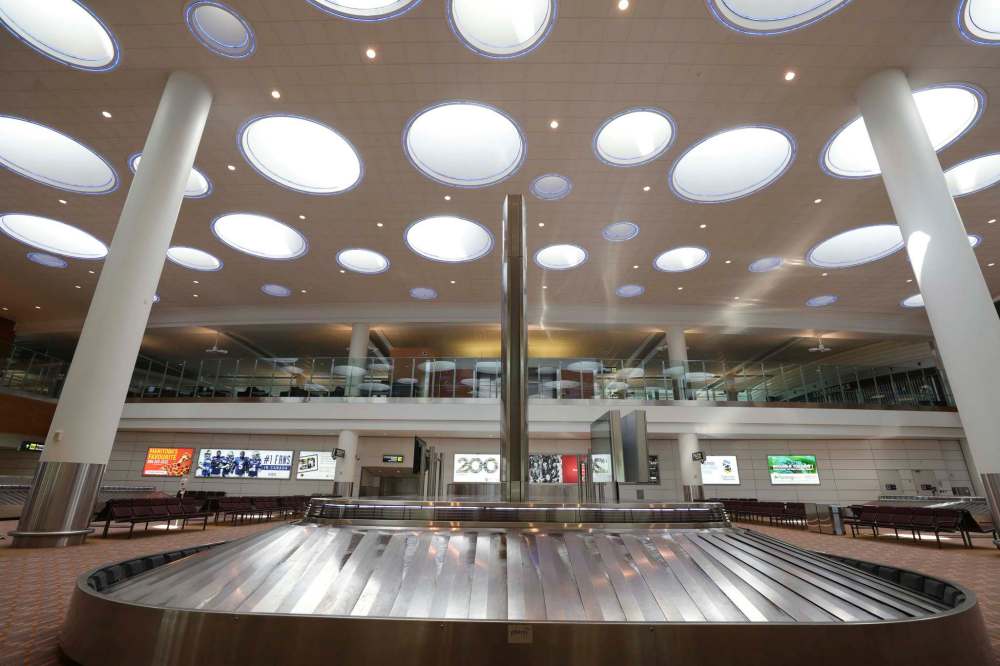
The Pallister government this week released a draft proposal for Phase 4 of its reopening plans, which included eliminating the 14-day self-isolation rule for those entering Manitoba from eastern provinces. After soliciting feedback from the public (most appeared opposed to the move), the province decided to maintain the quarantine requirement. It was the right move, considering the uptick in cases in parts of Ontario and Quebec.
The elephant in the room now is Manitoba’s open borders with western provinces. The 14-day self-isolation requirement for travelers from those provinces was lifted last month during Phase 3 of Manitoba’s reopening plan. It was the right decision at the time when the spread of the disease in western provinces was under control. But circumstances have changed.
Dr. Brent Roussin, Manitoba’s chief public health officer, says it’s easier to keep existing restrictions in place than it is to reinstate previously lifted measures. Fair point. But when the cost of eliminating a measure starts to outweigh the benefits, action must be taken. Right now, people with direct flights from hotspots such as Calgary can get off the plane in Winnipeg and immediately start frequenting restaurant, bars, stores and other public places in Manitoba. That’s a risk Manitoba can’t afford to take right now.
Roussin has always said he wouldn’t hesitate to reinstate measures when, and if, needed.
Reinstating travel restrictions for western provinces is needed now.
tom.brodbeck@freepress.mb.ca

Tom has been covering Manitoba politics since the early 1990s and joined the Winnipeg Free Press news team in 2019.
Our newsroom depends on a growing audience of readers to power our journalism. If you are not a paid reader, please consider becoming a subscriber.
Our newsroom depends on its audience of readers to power our journalism. Thank you for your support.




